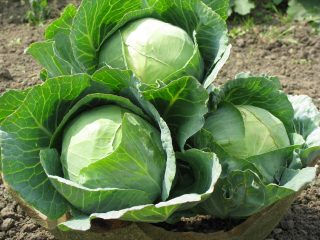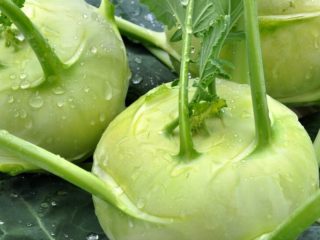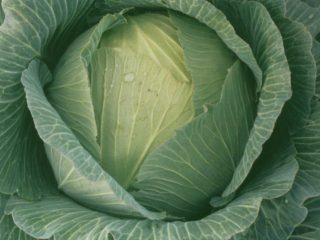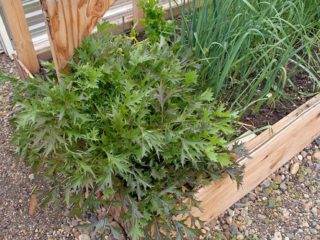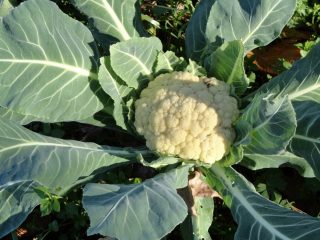Content
Cabbage is very sensitive to a deficiency of macro- and microelements in the soil. In this case, the plants “refuse” to develop normally and form heads of cabbage. They may not set at all or may not be dense, large or juicy enough. To compensate for the deficiency, it is necessary to apply suitable fertilizers on time. You can feed cabbage to form a head of cabbage with both store-bought preparations and folk remedies.
What influences the formation of heads of cabbage
The formation of heads of cabbage is a special stage of development in cabbage. For their establishment and further growth, it spends almost all the macro- and microelements that enter the soil after fertilizing.
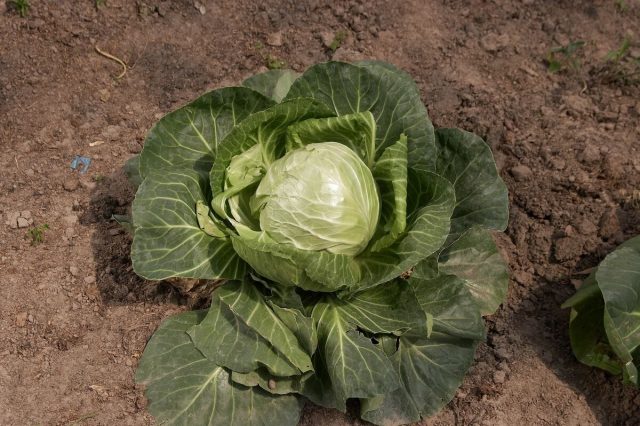
The formation process is quite “delicate”; many factors can negatively influence it
What mistakes can leave a gardener without a harvest:
- Lack of light. Without sufficient daylight hours, photosynthesis, which provides cabbage with the organic substances necessary for the formation of a head of cabbage, is impossible.
- Excess fertilizer. In the case of fertilizing for the formation of cabbage heads, the “the more the better” approach is completely wrong.Excess nutrients in the soil also provoke “failures” in plant development. Excessive fertilizing with nitrogen is especially dangerous - in this case, the cabbage leaves turn out to be very large, fleshy, rich green, but they are strongly stretched upward, and heads of cabbage do not form.
- Mistakes when watering. Both “drought” and “swamp” in the garden are harmful to cabbage. In the first case, despite feeding, the formation of heads of cabbage may not be expected, since water is the main “component” of leaf tissue. In the second, rot develops, damaged roots are no longer able to “pull” nutrients from the soil.
- Acidified substrate. Cabbage absolutely cannot tolerate soil of this quality. Even with timely feeding, plants develop very slowly and turn out weak and stunted. It is useless to count on the formation of heads of cabbage in this state. A similar result is achieved by planting in a “heavy” substrate, which prevents normal root growth.
- Excessively late sowing of seeds for seedlings or transfer of seedlings to the garden bed. The “rhythm” of cabbage development, which ensures the formation of heads of cabbage, is “tied” to the weather outside. For example, early and mid-season varieties and hybrids will not set in the heat, despite feeding. And the later ones may simply not have time to ripen before frost.
- Wrong choice of cabbage variety or hybrid. If the local climate is categorically unsuitable for them, they are zoned for other regions; it is useless to wait for the formation of heads of cabbage, despite proper watering, fertilizing and other agrotechnical measures.
- Failure to comply with crop rotation rules.If a crop with similar nutrient requirements was previously grown in the garden bed, this season there may not be enough for the cabbage to form heads of cabbage. They are not always able to quickly “compensate” for the deficiency of feeding.
- Failure to comply with the disembarkation plan. When there is “crowding” in the garden, plants are forced to “compete” for nutrients. As expected, there are not enough of them for everyone.
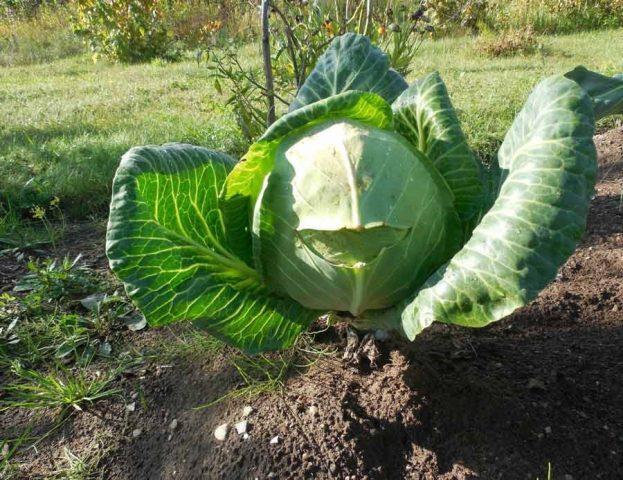
Even timely and competent fertilizing when planting plants in the shade will be practically useless
However, it is mainly the lack of nutrients that prevents the formation of cabbage heads. Proper feeding provides it with a whole range of macro- and microelements:
- nitrogen - necessary for the formation and growth of leaf blades, the collection of green mass;
- potassium - without it, cabbage heads will not be dense, the sugar content in the leaves will decrease, and the shelf life of the crop will decrease;
- phosphorus - ensures the growth and strengthening of roots, without which cabbage is not able to “pull” from the soil the nutrients contained in the applied fertilizers;
- calcium - if it is deficient, productivity decreases, immunity deteriorates, and the keeping quality and taste of heads of cabbage suffer;
- magnesium - in the absence of appropriate fertilizing, the leaves turn yellow and stop “curling”, the formation of a head of cabbage stops;
- boron, when there is not enough of it, the risk of the formation of loose heads of cabbage with “hollow” veins and stalks, as if dried from the inside, increases noticeably, as well as the development of rot during storage;
- molybdenum - actively “participates” in the process of assimilation of nitrogen, phosphorus and calcium.
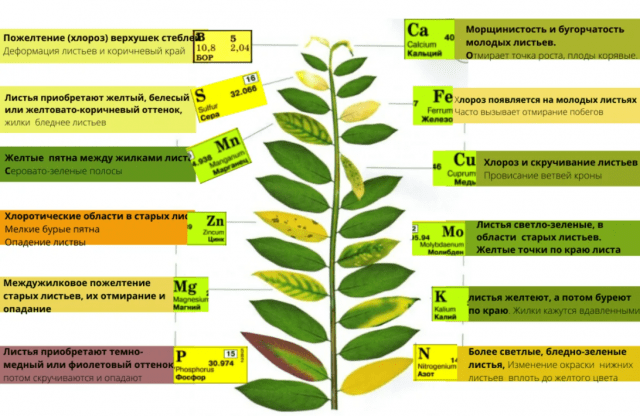
The appearance of the plant eloquently indicates what it lacks
Rules for applying fertilizers
To form high-quality heads of cabbage, cabbage needs fertilizing almost throughout the entire active growing season, excluding the relatively short period of time immediately before harvest. This is explained by the structural features of plants - their root system is poorly developed compared to above-ground green mass. If you properly feed the cabbage while the heads are setting and ripening, this will help not only “strengthen” it, but also activate the process of their formation.
It should be taken into account that at different stages of the active growing season, the crop’s nutritional needs change significantly. An approximate “calendar” for applying fertilizers looks like this:
- 7-10 days after picking, about three weeks before planting in the ground, you can fertilize the cabbage seedlings. This is an optional stage; gardeners apply fertilizer if the seedlings are clearly lagging behind in development - such “stunting” clearly does not contribute to the formation of high-quality heads of cabbage in the future.
- After 12-14 days after transplanting the seedlings to the garden bed. This feeding cannot be “ignored”. For cabbage to form heads, you need to water it with a solution of nitrogen fertilizers. They are necessary for the active growth of green mass.
- In another 8-10 days, in the last ten days of June. The second mandatory feeding. It should contain all the “basic” macronutrients. At this stage, leaves are still actively forming, and at the same time, the “prerequisites” for setting cabbage heads are being laid.
- In 10-12 days, towards the end of the first ten days of July. Feeding only for mid-season and late varieties, hybrids. Here you need to gradually “give up” nitrogen, otherwise you can’t count on the formation of high-quality heads of cabbage. Feeding should be comprehensive - potassium, phosphorus and microelements.
- About a month before harvest. Fertilizing is carried out only for mid-late and late-ripening cabbage, if it clearly “slows down” its development, the formation of heads of cabbage is slow and there is a real risk of not waiting for the crop to ripen before the first frost. Biostimulants or complex fertilizers are used.
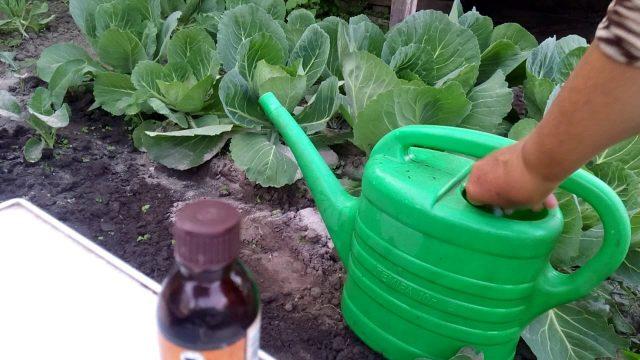
The feeding schedule for the formation of heads of cabbage depends on the ripening period of the planted cabbage variety or hybrid.
The gardener decides on his own what exactly to feed the cabbage so that the heads of cabbage will set. The main thing is to apply fertilizers in a timely manner and in the right dosage. It is clear that if there is a shortage of them, you cannot expect a good harvest, but an excess of macro- and microelements in the soil is harmful for the crop. It is a big mistake to believe that the more and more often fertilizing is carried out, the faster the process of formation of cabbage heads goes and the better their taste and other characteristics.
How to feed cabbage for head setting
The choice of fertilizers that can be used to feed cabbage for head growth is very wide: these are universal preparations suitable for any garden crops, and specialized products. There are also suitable folk recipes, but they are, of course, inferior to store-bought ones in terms of concentration of macro- and microelements and balanced composition.
Mineral supplements and preparations
Feeding cabbage for the formation of heads of cabbage is carried out with both “mono-fertilizers” and complex preparations. The former contain mostly basic macroelements:
- nitrogen;
- phosphorus;
- potassium.
Complex fertilizers for feeding cabbage to set heads have a very rich and balanced composition. Popular among gardeners are:
- Mortar;
- Kemira-Lux;
- Multiflor-Aqua;
- Ovary;
- Agricola.
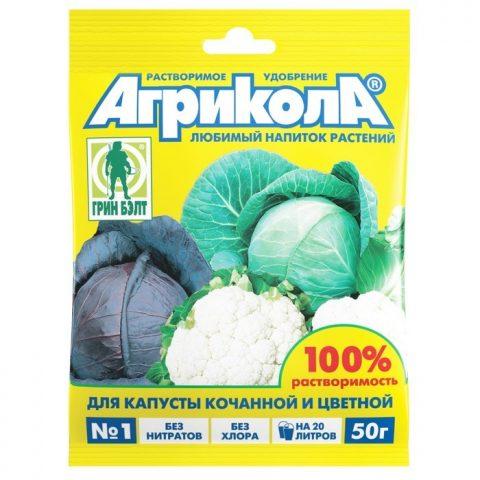
The fertilizer solution is prepared in strict accordance with the manufacturer's instructions
Organic fertilizers
Cow manure and bird droppings are universal complex organic fertilizers. They contain mainly nitrogen, phosphorus and potassium. They contain a minimum of microelements, but are still present:
- calcium;
- magnesium;
- boron;
- zinc;
- copper;
- cobalt;
- molybdenum.
To fertilize cabbage for the ovary of heads of cabbage, when the leaves begin to “curl”, an infusion is prepared from manure or droppings:
- Fill about a third of a 10-liter container with “raw materials.” Top up with water.
- Close tightly and leave in a warm place for several days. If the weather permits, the container can be kept outside in the sun.
- Wait until the characteristic smell appears, indicating the readiness of feeding.
- Strain the liquid, dilute with water 1:8 or 1:15, respectively, for manure and droppings.
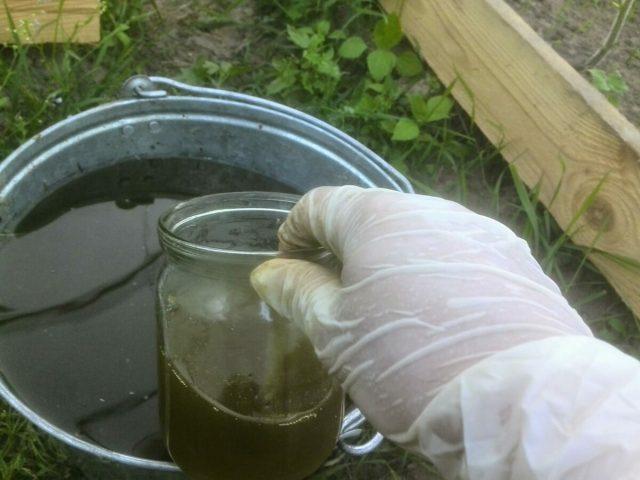
To form heads of cabbage, water the cabbage with the prepared solution at the root, spending 1-1.5 liters per plant
Yeast
Gardeners take the expression “grows by leaps and bounds” not figuratively, but literally. They contain amino acids that “inhibit” pathogenic microflora and activate the work of beneficial soil microorganisms to decompose organic matter and other incoming fertilizers into macro- and microelements in a form easily digestible for plants.
To feed cabbage to set heads, use both dry powdered and fresh compressed yeast:
- Dissolve a pack (100 g) of fresh yeast or 20 g of powdered yeast and 50 g of sugar in a liter of warm water.
- Add another 9 liters of water at the same temperature, leave for 3-5 hours in a warm place.
- Stir vigorously, dilute with water in a ratio of 1:5. Water the cabbage at the root, using 0.8-1 liters of fertilizer per plant.
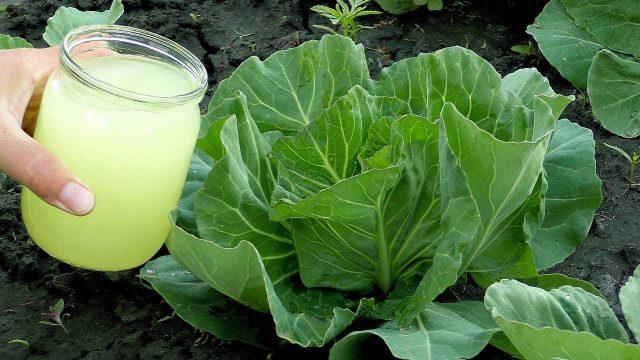
Yeast itself is useless as a fertilizer; it works “indirectly”
Boric acid
A solution of boric acid is one of the most popular folk remedies among gardeners for setting cabbage heads:
- Dilute two sachets (20 g) of powder in a liter of hot water. Stir until completely dissolved.
- Add another 9 liters of water at room temperature and sprinkle the resulting solution over the cabbage.
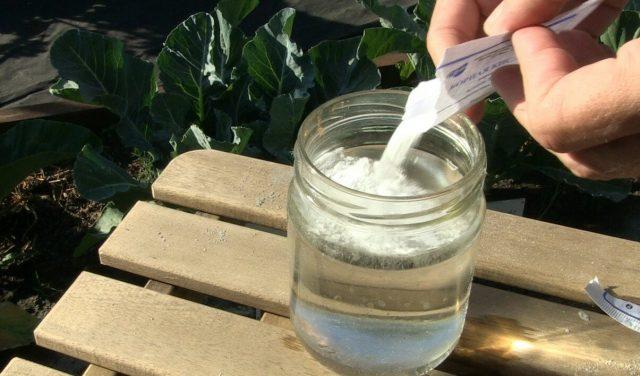
Feeding with boric acid has a positive effect on the taste of heads of cabbage
Nettle infusion
In terms of the content of “basic” macroelements, this fertilizer for cabbage ovaries is comparable to an infusion of manure or droppings. To prepare it, you need:
- Grind the leaves and stems, compact them tightly, filling about a third of the container.
- Add water to the brim and leave in a warm place for 7-10 days. Strain the resulting solution and use it for root feeding or spraying.
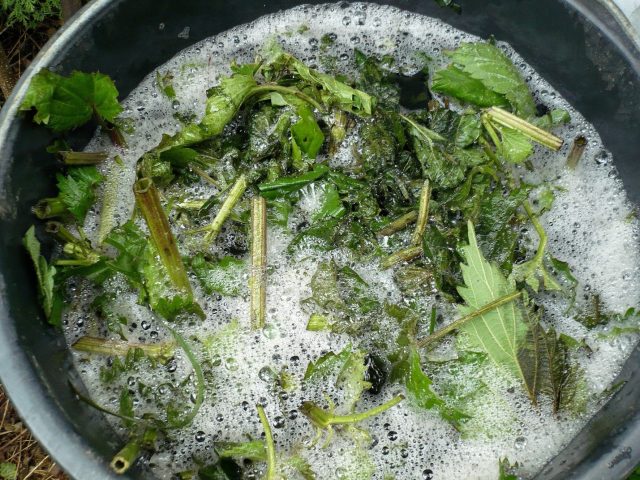
Fertilizing nettles for the formation of heads of cabbage is sometimes called “green tea”
Conclusion
It is vital to feed cabbage several times a season to form a head of cabbage: this crop actively “pulls” nutrients from the substrate and reacts negatively to their deficiency. If there is a lack of macro- and microelements in the soil, obtaining a good harvest is impossible: the taste and keeping quality of the heads of cabbage suffer, they turn out loose, small, and not particularly juicy. Store-bought fertilizers and folk remedies give a comparable effect; the main thing is to feed the cabbage to form heads on time and correctly.

